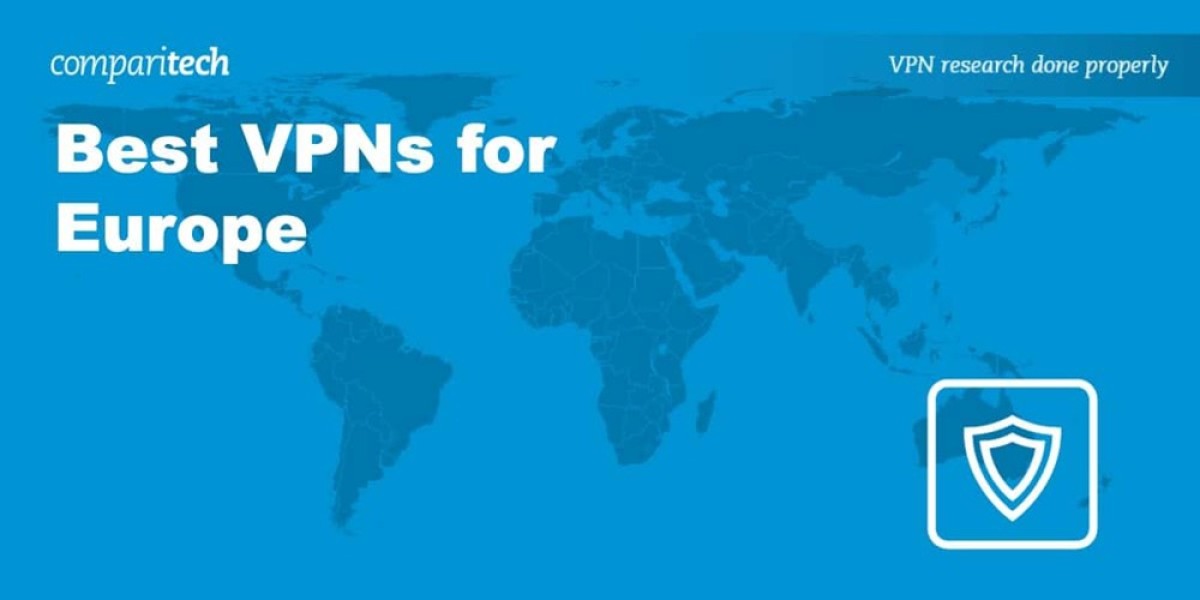Automated Passenger Counting System: Enhancing Public Transit Efficiency and Insights
An Automated Passenger Counting (APC) System industry is a technology-driven solution used by public transit agencies and operators to accurately record the number of passengers boarding and alighting vehicles like buses, trains, and trams. These systems are essential for improving operational planning, resource allocation, and passenger experience in today’s smart transportation networks.
What is an Automated Passenger Counting System?
APC systems utilize advanced sensors—such as infrared, stereoscopic cameras, or LiDAR—mounted above vehicle doors to count passengers in real time. Unlike manual counting or ticket-based estimations, APC delivers highly accurate, objective, and continuous ridership data.
Key Features and Technologies
Infrared Beam Sensors: Basic technology using broken light beams to count entries and exits.
Video-Based Analytics: AI-enhanced cameras recognize human movement and patterns for more precise counting.
Time-Stamped Data Logs: Provides historical data aligned with route, time, and stop.
Cloud Integration: Syncs data with centralized systems for analytics and reporting.
GPS Synchronization: Links passenger data with geolocation for route optimization.
Major Benefits
✅ Accurate Ridership Data
Replaces guesswork with real-time analytics for better decision-making.✅ Improved Transit Planning
Helps in route planning, frequency adjustments, and fleet management.✅ Cost Optimization
Efficiently allocates vehicles and staff based on actual demand.✅ Compliance Reporting
Supports government-mandated reporting and funding eligibility.✅ Passenger Safety & Comfort
Enables crowd control, especially during peak hours or emergencies.
Applications Across Transit Modes
Urban Buses and Metro Systems: For daily monitoring of dense routes
Light Rail and Trams: Optimizing less predictable boarding patterns
Airport Shuttles and Ferries: Managing passenger flow during high-volume travel
School and Private Buses: Monitoring occupancy for safety and route efficiency
Challenges to Adoption
? Installation and Maintenance Costs
Upfront costs can be high, especially for older vehicles.? Data Privacy Concerns
Especially with video-based systems, ensuring anonymity is crucial.⚙️ Integration with Legacy Systems
Smooth integration into older fleet management or ticketing software can be complex.
Trends Driving Market Growth
Rapid urbanization and the expansion of smart city initiatives
Increasing need for real-time transportation data
Demand for contactless and automated technologies post-pandemic
Integration with AI and big data for predictive analytics
Get Related Reports:








